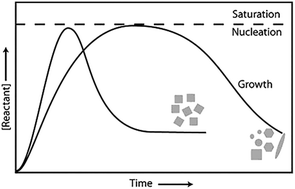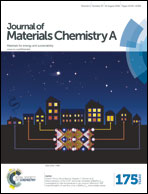Recent advances in Pt-based octahedral nanocrystals as high performance fuel cell catalysts
Abstract
Cost, electrochemical activity and durability of the catalysts remain the key issues affecting the commercialization of fuel cells. An answer to these issues may be Pt-based octahedral nanocrystal catalysts because (111) facets promise high electrochemical activity and relatively long durability. This paper reviews the relative mechanisms, the preparation methods and characterization techniques for fuel cell Pt-based octahedral nanocrystal catalysts. First, we summarize the formation mechanisms and the activity enhancement mechanisms of Pt-based octahedral nanocrystal catalysts. Second, we present the preparation methods for the octahedral nanocrystal catalysts. Methods include the capping agent, surfactant-free organosol, microwave and solid phase reduction methods. Generally, the capping agent method was used most widely because it can easily control the structure and size of particles. In recent years, the surfactant-free organosol method, microwave method and solid phase reduction method have been developed rapidly. Catalysts prepared by the surfactant-free organosol method are of particular interest because their clean crystal surfaces result in extremely high electrochemical activity. In the second half of this review, the structure, composition and electrochemical characterization techniques associated with the octahedral nanocrystal catalysts will be detailed. We will conclude with a summary of problems facing this field and suggest prospective research directions.


 Please wait while we load your content...
Please wait while we load your content...